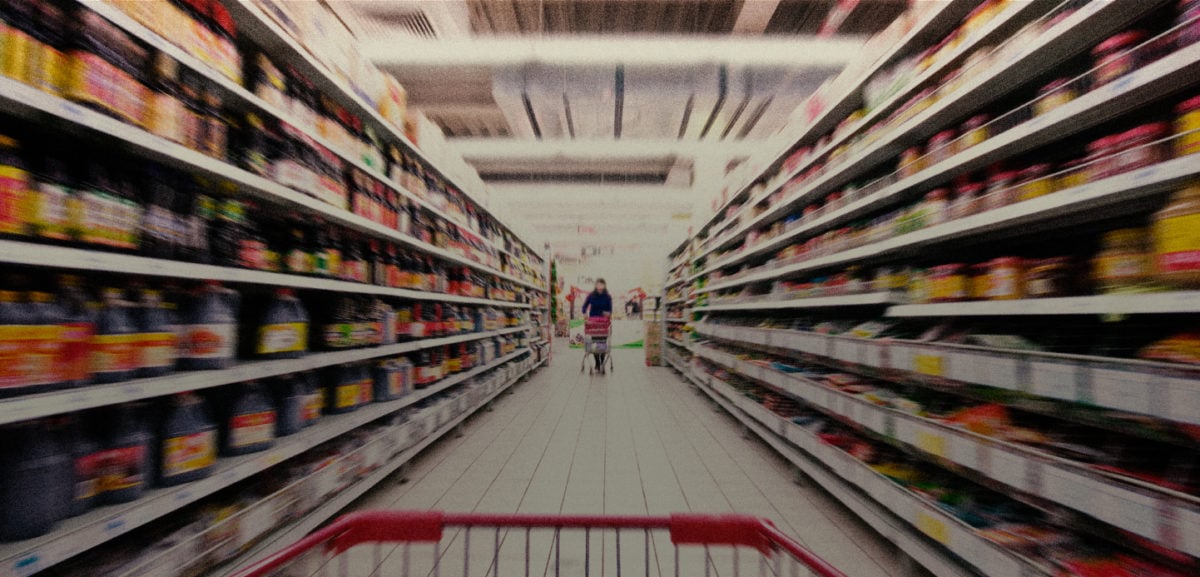Report on the Economic Viability of Acid Soil Remediation in Sub-Saharan Africa and its Contribution to Sustainable Development Goals (SDGs)
Introduction: Soil Acidity as a Barrier to Sustainable Development
- The prevalence of acid soils across sub-Saharan Africa presents a major obstacle to agricultural productivity and sustainable development.
- This land degradation issue directly hinders progress towards critical Sustainable Development Goals (SDGs), particularly SDG 2 (Zero Hunger) by limiting food production, and SDG 1 (No Poverty) by suppressing farmer incomes.
- This report assesses the economic feasibility of acid soil remediation through the application of agricultural lime, analyzing its potential to advance sustainable agriculture (SDG 2) and promote economic growth (SDG 8).
Scope and Impact on Food Security and Economic Stability (SDG 1 & SDG 2)
An analysis based on lime requirement models and crop yield response functions reveals the significant scale of the problem and its economic consequences:
- Affected Cropland: Soil acidity causes crop yield loss across 32.7 million hectares (Mha), which constitutes 23% of sub-Saharan Africa’s total cropland. This directly threatens food security as outlined in SDG 2.
- Economic Burden: The estimated annual production loss amounts to US$6.0 billion, equivalent to 6% of the region’s current agricultural production value. This loss of income is a major driver of poverty, counteracting the objectives of SDG 1.
- Potential for Recovery: The study indicates that 75% of this economic burden could be profitably alleviated through targeted interventions.
Profitability of Liming as a Sustainable Intervention (SDG 8 & SDG 12)
The application of agricultural lime is a proven method for soil remediation. Its adoption represents a move towards responsible production patterns (SDG 12) and offers substantial economic benefits, contributing to decent work and economic growth (SDG 8).
- Short-Term Profitability: Under prevailing market conditions, the application of lime is immediately profitable within the first year on an estimated 6.2 Mha of cropland. The average profitability in these areas is calculated to be US$278 per hectare.
- Long-Term Profitability: Factoring in the multi-year effectiveness of lime, the total area where application is profitable expands to 8.8 Mha.
Conditions for Scaling and Maximizing SDG Impact (SDG 15)
Realizing the full potential of liming to restore degraded land (SDG 15) and achieve broader development goals depends on enabling conditions:
- Intensification of Production: Higher crop yields resulting from overall agricultural intensification increase the economic incentive and return on investment for liming.
- Favorable Market Dynamics: A lower relative price of lime compared to crop output prices is crucial for expanding the total area where liming is a profitable venture for farmers.
- Targeted Investment: Strategic investments are necessary to improve the availability, accessibility, and affordability of agricultural lime throughout the region, thereby unlocking its potential to contribute significantly to the Sustainable Development Goals.
1. Which SDGs are addressed or connected to the issues highlighted in the article?
SDG 2: Zero Hunger
The article directly addresses SDG 2 by focusing on agricultural production constraints in sub-Saharan Africa. It highlights that “Crop yield loss to soil acidity occurs on 32.7 Mha, or 23% of sub-Saharan Africa’s cropland.” By analyzing methods to alleviate these constraints, such as using agricultural lime, the article explores pathways to increase food production and enhance food security in the region.
SDG 15: Life on Land
This goal is central to the article, which deals with the degradation of a critical natural resource: soil. The widespread presence of “Acid soils” is a form of land degradation. The study’s focus on “acid soil remediation through liming” is a direct effort to restore degraded land and improve soil health, which aligns with the objective of protecting and restoring terrestrial ecosystems.
SDG 1: No Poverty
The article connects agricultural productivity to economic outcomes, which is relevant to poverty reduction. It quantifies the economic impact of soil acidity as a “burden of… US$6.0 billion” and assesses the “profitability of acid soil remediation.” By showing that liming can be profitable, with an “average profitability of US$278 ha−1,” the study suggests a viable way to increase the income of farmers, thereby contributing to poverty alleviation in a region heavily reliant on agriculture.
SDG 8: Decent Work and Economic Growth
The article’s analysis of improving agricultural productivity and profitability relates to SDG 8. By proposing a technological solution (liming) to overcome production constraints, the study points towards enhancing economic productivity in the agricultural sector. Alleviating a US$6.0 billion burden on production would contribute significantly to the economic growth of the affected regions.
2. What specific targets under those SDGs can be identified based on the article’s content?
Targets under SDG 2: Zero Hunger
- Target 2.3: By 2030, double the agricultural productivity and incomes of small-scale food producers. The article’s focus on alleviating “crop yield loss” and estimating the “profitability of… liming” directly addresses the need to increase both productivity and income for farmers in sub-Saharan Africa.
- Target 2.4: By 2030, ensure sustainable food production systems and implement resilient agricultural practices that increase productivity and production… and that progressively improve land and soil quality. The article’s entire premise is based on improving soil quality (“acid soil remediation”) as a means to create more productive and sustainable agricultural systems.
Targets under SDG 15: Life on Land
- Target 15.3: By 2030, combat desertification, restore degraded land and soil… and strive to achieve a land degradation-neutral world. The article identifies acid soils as a major form of land degradation affecting “23% of sub-Saharan Africa’s cropland” and proposes a method for its remediation, directly contributing to this target.
Targets under SDG 1: No Poverty
- Target 1.2: By 2030, reduce at least by half the proportion of men, women and children of all ages living in poverty. The potential for profitable intervention (“75% of that could be profitably alleviated”) provides a direct pathway to increase household incomes from agriculture, thus reducing poverty levels.
3. Are there any indicators mentioned or implied in the article that can be used to measure progress towards the identified targets?
Yes, the article provides several quantitative indicators that can be used to measure the scale of the problem and the potential for progress:
- Area of land affected by degradation: The article states that “Crop yield loss to soil acidity occurs on 32.7 Mha, or 23% of sub-Saharan Africa’s cropland.” This serves as a baseline indicator for Target 15.3 (proportion of land that is degraded).
- Economic loss in agricultural productivity: The financial impact is quantified as “US$6.0 billion (6% of the current production value).” This can be used as an indicator to track progress in agricultural productivity and income under Target 2.3.
- Area of land with potential for profitable restoration: The study estimates that “liming would be profitable in the year of application on 6.2 Mha… and on 8.8 Mha when lime’s long-term effect is considered.” This indicates the potential area for successful intervention and restoration, relevant to Targets 2.4 and 15.3.
- Profitability of sustainable practices: The article provides a specific financial metric: “an average profitability of US$278 ha−1.” This can serve as an indicator for the economic viability and income-generating potential of the proposed agricultural practice for Target 2.3.
4. Table of SDGs, Targets, and Indicators
| SDGs | Targets | Indicators |
|---|---|---|
| SDG 2: Zero Hunger |
|
|
| SDG 15: Life on Land |
|
|
| SDG 1: No Poverty |
|
|
| SDG 8: Decent Work and Economic Growth |
|
|
Source: nature.com







